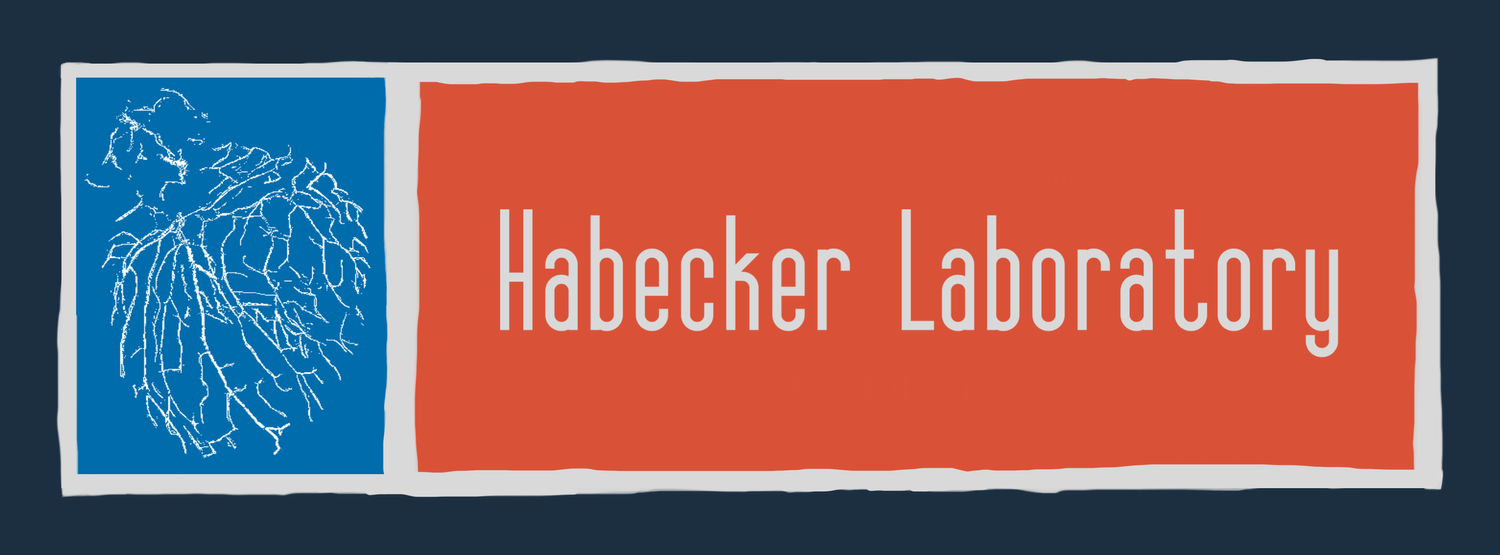Sympathetic Electrophysiology & Morphology
Sympathetic transmission becomes hyperactive in many cardiovascular diseases. We are trying to understand how and why this happens. We focus on the stellate ganglion, which contains most of the sympathetic neurons that project to the heart. Together with the Ingram lab and the Aicher lab we are asking if neuronal excitability and morphology are altered in cardiovascular disease and identifying the underlying changes in gene and protein expression. Some questions we are trying to answer:
Do neurons controlling the heart and neurons controlling brown adipose tissue (BAT) change in similar ways after myocardial infarction?
Barrett et al, Phys Reports 2022,
doi/10.14814/phy2.15334
Do noradrenergic sympathetic neurons talk to each other within the ganglion using cholinergic collateral projections? Does collateral transmission affect neuronal activity?
Front row: Sue Aicher, Diana Parrish
2nd Row: Courtney Clyburn, Bill Woodward, Beth Habecker
3rd Row: Maddy Barrett, Susie Ingram
Back Row: Melanie Staffenson, Shanice Sueda, Matt Blake, Mike Andresen



